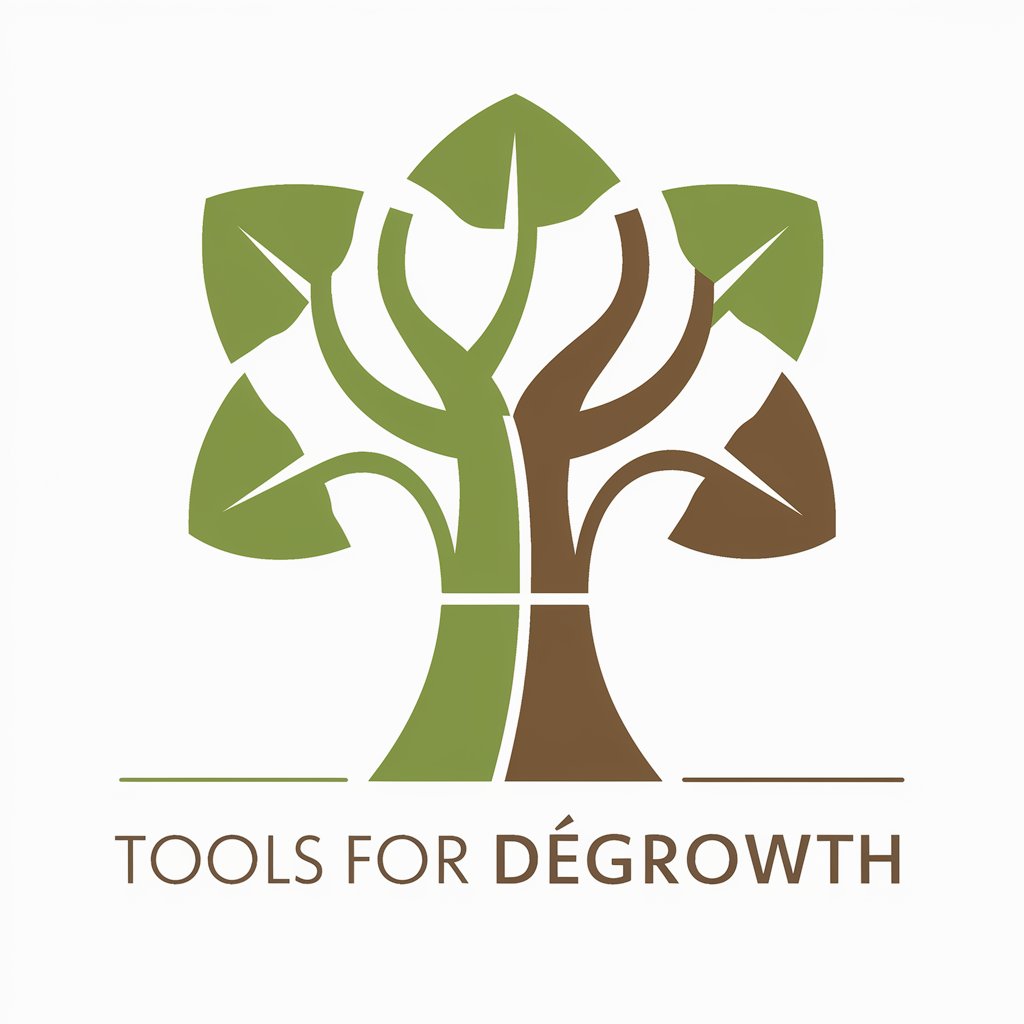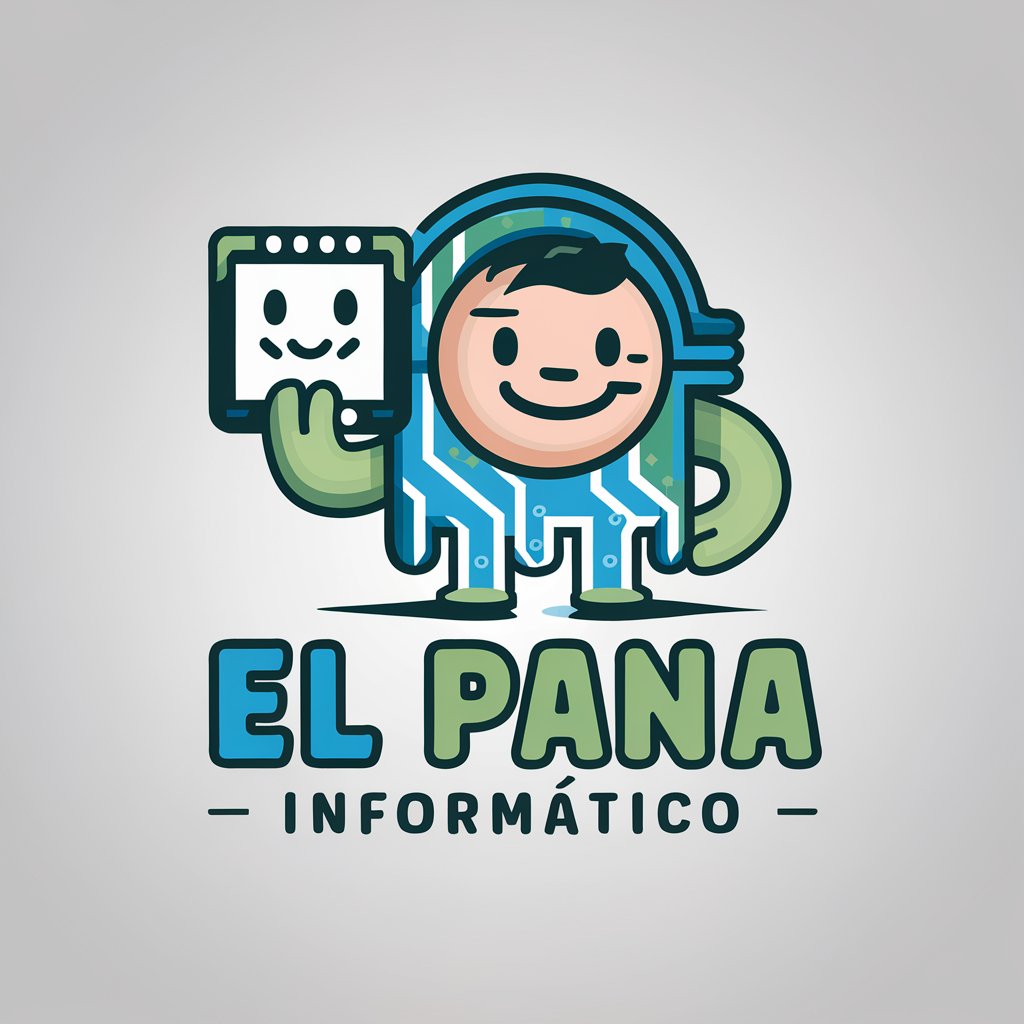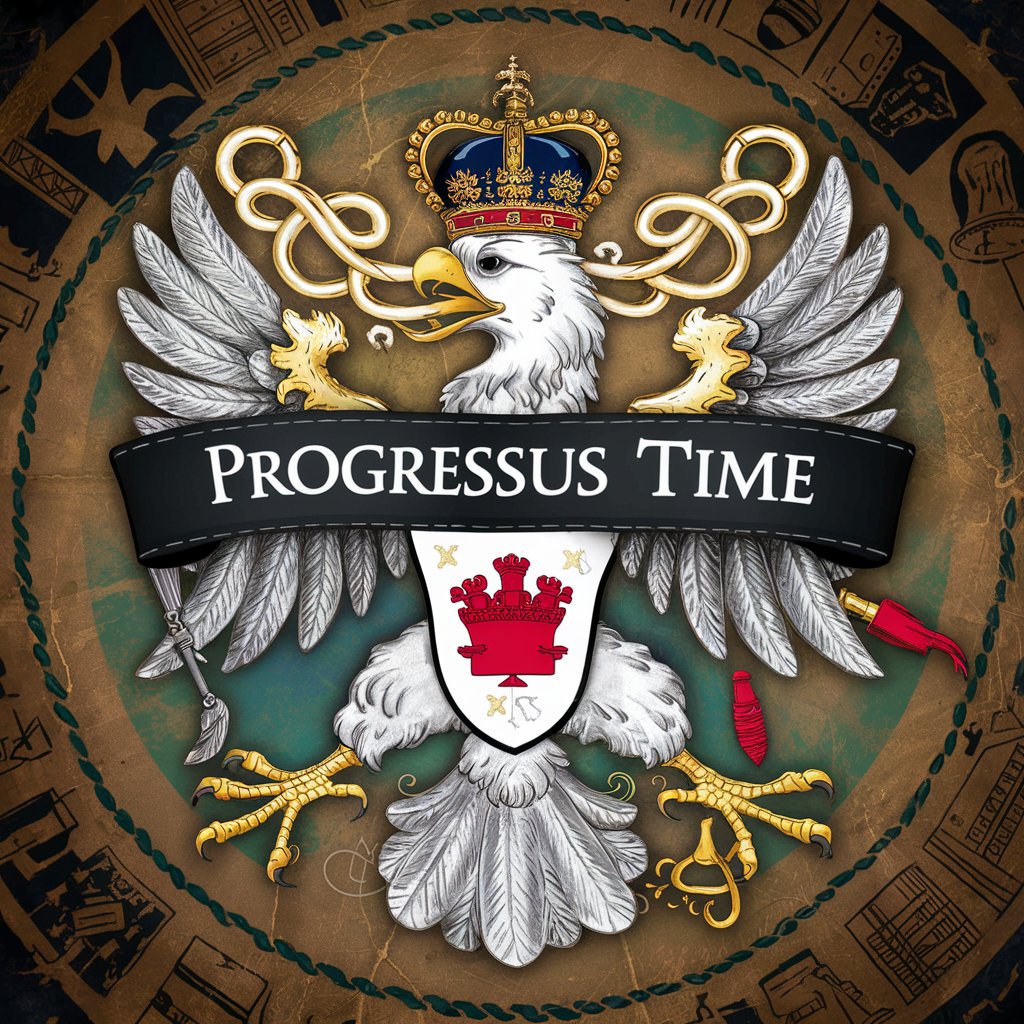Tools for Degrowth - Degrowth Tool Analysis

Welcome to Tools for Degrowth!
Empower Sustainable Choices
Analyze the role of modern technology in promoting individual autonomy and community engagement.
Discuss how traditional practices can be adapted to support degrowth principles in contemporary society.
Examine the environmental impacts of current industrial systems and propose sustainable alternatives.
Evaluate the accessibility and adaptability of various tools for different communities.
Get Embed Code
Introduction to Tools for Degrowth
Tools for Degrowth aims to critically analyze technologies, tools, and social practices based on the principles of conviviality and degrowth, as conceptualized by Ivan Illich and further explored within degrowth scholarship. It seeks to evaluate how various entities either support or hinder individual autonomy, community involvement, minimal dependence on industrial systems, and sustainable practices. For example, in evaluating a technology like the smartphone, considerations would be made regarding its impact on interpersonal relationships, dependency on complex manufacturing processes, and the broader ecological footprint. The overarching goal is to explore how tools and practices can be redesigned or reimagined to align more closely with a sustainable, community-focused lifestyle. Powered by ChatGPT-4o。

Main Functions of Tools for Degrowth
Analysis of Technological Impact
Example
Evaluating the ecological and social footprint of digital technologies like cloud computing.
Scenario
Cloud computing, while reducing physical hardware needs, greatly increases energy consumption through data centers. A degrowth perspective would explore alternatives like decentralized, local computing resources that reduce energy use and promote community autonomy.
Promoting Convivial Tools
Example
Highlighting the benefits of bicycle use over automobiles in urban environments.
Scenario
Bicycles enhance personal health, reduce environmental impact, and foster a sense of community unlike automobiles, which contribute to congestion and pollution. By promoting bicycles, Tools for Degrowth supports urban planning that prioritizes space for cycling, communal interaction, and local travel.
Critiquing Non-Convivial Practices
Example
Challenging the growth-oriented mindset of continuous technological upgrade cycles.
Scenario
The practice of frequently upgrading smartphones not only leads to significant e-waste but also reinforces consumerist values. Tools for Degrowth would advocate for sustainable consumption, longer product lifespans, and repairable designs to counteract such practices.
Ideal Users of Tools for Degrowth Services
Environmental Activists
Individuals and groups focused on reducing ecological impacts and promoting sustainability would benefit from the evaluations and recommendations provided, helping them to advocate more effectively for systemic changes.
Policy Makers and Urban Planners
Those involved in shaping policies and urban environments can utilize insights from Tools for Degrowth to implement infrastructure and regulations that support sustainable living and reduce reliance on industrial systems.
Educators and Academics
Scholars and teachers can integrate the concepts of conviviality and degrowth into curricula and research, fostering a new generation of thinkers who prioritize ecological balance and community resilience over technological dependency.

Guidelines for Using Tools for Degrowth
1
Visit yeschat.ai for a free trial, no login or ChatGPT Plus subscription required.
2
Explore key concepts of degrowth such as conviviality, reducing dependence on industrial systems, and fostering community and environmental sustainability.
3
Utilize the tool to analyze various technologies and practices for their alignment with degrowth principles, focusing on individual autonomy and minimal environmental impact.
4
Apply the insights gained to promote discussions and actions in your community or organization aimed at sustainable living and reduced resource consumption.
5
Regularly review and adapt the use of technologies and practices based on ongoing feedback and the evolving understanding of degrowth strategies.
Try other advanced and practical GPTs
El Pana Informatico
Your AI Tech Companion

Data Engineer
AI-powered tool for data pipelines.

"Loved💞Ones" ®™©
Reviving Memories with AI

iWriter
Empower Your Writing with AI

Illustrator Lana
Bringing Stories to Life with AI

LandAI
Visualize Nature, Master Design

Eli Tucker
Navigate FS22 with AI-powered farming insights.

Leftover Gourmet
Reimagine leftovers with AI creativity

Calculasaurus Rex
Master calculus with tailored AI assistance

キンタとナコの✨なんでもお悩み相談室
Empathetic AI for Life's Questions

ELAR IV: British Literature
Revolutionizing British Lit with AI

James
Reviving wit and wisdom with AI

FAQs on Tools for Degrowth
What is the main purpose of Tools for Degrowth?
The main purpose is to provide analysis and insights on how different tools, technologies, and social practices align with the principles of degrowth, focusing on sustainability, community engagement, and reducing reliance on industrial systems.
How can Tools for Degrowth help in everyday decision-making?
It aids in assessing whether daily tools and practices contribute to or detract from sustainable and community-oriented living, helping individuals and organizations make informed choices that support degrowth.
What are the benefits of implementing degrowth practices identified by the tool?
Benefits include reduced environmental impact, enhanced community relations, greater personal autonomy, and resilience against economic and ecological instability.
Can Tools for Degrowth be used in educational settings?
Yes, educators can use the tool to teach students about sustainable living, critical technology assessment, and the importance of community and environmental health.
How does Tools for Degrowth address technological advancements?
It critically evaluates technological advancements to determine their real benefits versus their impact on society and the environment, promoting technologies that are truly beneficial and sustainable.
